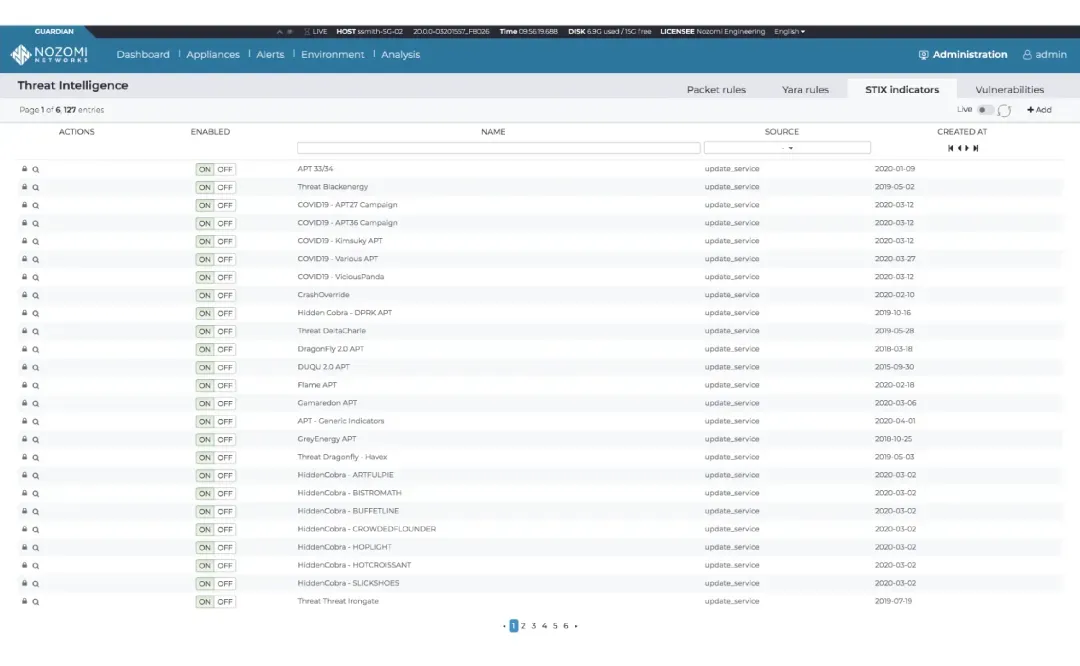CVE-2023-51456
A Improper Input Validation issue affecting the v2_sdk_service running on a set of DJI drone devices on the port 10000 could allow an attacker to trigger an out-of-bound read/write into the process memory through a crafted payload due to a missing input sanity check in the v2_pack_array_to_msg function implemented in the libv2_sdk.so library imported by the v2_sdk_service binary implementing the service, potentially leading to a memory information leak or an arbitrary code execution.
An adjacent attacker may reach arbitrary code execution on the v2_sdk_service running on the drone.
March 29, 2024
This issue affects: Mavic 3 Pro below version 01.01.0300, Mavic 3 below version 01.00.1200, Mavic 3 Classic below version 01.00.0500, Mavic 3 Enterprise below version 7.01.10.03, Matrice 300 below version 57.00.01.00, Matrice M30 below version 07.01.0022, Mini 3 Pro below version 01.00.0620
CVE-2023-51456
CVSS:3.1/AV:A/AC:H/PR:L/UI:R/S:U/C:H/I:H/A:H
6.8
Upgrade the firmware of impacted models to the latest available version
Diego Giubertoni of Nozomi Networks
Curated and maintained by Nozomi Networks Labs, the Threat Intelligence™ service provides threat and vulnerability updates to Guardian, making it easy for IT/OT professionals to stay on top of current OT and IoT risks.
Learn more

“Threat actors love finding new ways to attack critical infrastructure. We love finding new ways to detect their malware before damage occurs.”
TRITON is the first known cyberattack that directly interacted with a Safety Instrumented System (SIS). Labs reverse engineered the TriStation suite of software and delivered a report and two free tools for security researchers. This research was presented at Black Hat USA 2018.
The Labs team reverse engineered the GreyEnergy malicious document (maldoc) that leads to the installation of the malware (backdoor) on a victim’s network. Project outcomes include a report, multiple blogs and two free tools for security researchers.
IEC Working Group 15 (WG15) is developing technology standards for secure-by-design power systems. Labs contributes to the standards and has demonstrated how they can be used to identify hard-to-detect cyberattacks. Research from this effort was presented at Black Hat USA 2019.